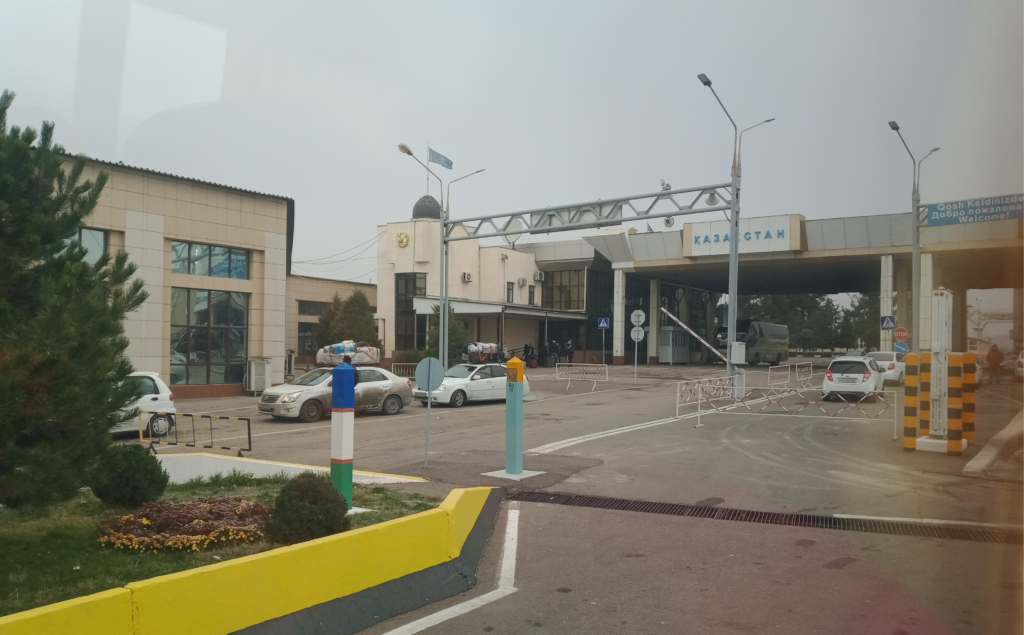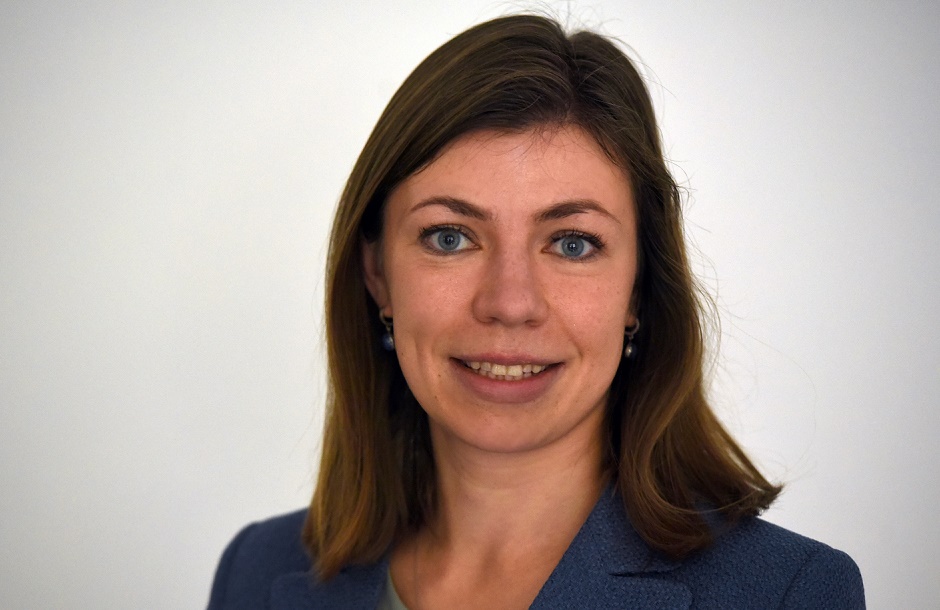E1: Sovereignty Exercises at post-Soviet Borderlands: (Re)defining the Centre, (Re)connecting the Periphery
Dr. Ekaterina Mikhailova (IOS)

Foto: Border polls at the checkpoint Gisht-Kuprik, Uzbekistan/ Zhibek Zholy, Kazakhstan, 2022 © Ekaterina Mikhailova
Project description
The starting point of this study is a paradox between the longing for ‘effective sovereignty’ – the mythical total control over the territory of a state – expressed by the newly independent post-Soviet states and their limited ability to assert and maintain it. An embodiment of this paradox are sovereignty exercises – one-off, recurrent or everyday actions that take the form of images, practices or events aimed at the general public, both domestic and international, to (re)assure it of the (imagined) full territorial sovereignty of the state. Sovereignty exercises vary considerably in their content, style, scope, grandiosity and tools used. Although they could be performed anywhere, they often gravitate to border areas as places of special symbolic value. Some exercises in sovereignty take the form of folk festivals (e.g. the Slavic Unity Festival on the borders shared by Ukraine, Belarus and Russia) and use the language of cooperation; others manifest themselves in claims to exclusive access to certain resources and through strategies of confrontation (e.g. the so-called ‘war of TV transmitters’ in eastern Ukraine from 2014 to 2018). Some sovereignty exercises reinforce age-old Soviet ties while others create new ones; some cement post-Sovietness while others attempt to unlearn post-Soviet ways of being; some act as a peacebuilding tool in a conflict-prone environment, while others foment old and new ethnic grievances, religious competitions and territorial disputes. By examining and conceptualising the repertoire of sovereignty exercises in selected post-Soviet states, this study aims to identify the role such aspirations to sovereignty play in conflict and post-conflict settings for cross-border cooperation and centre-periphery relations.
Key questions
- What does state sovereignty mean for national elites and for residents of border regions?
- What types of symbolic events, everyday or recurrent practices celebrating/imposing sovereignty can be identified at post-Soviet borderlands?
- What social groups play the most active role in sovereignty exercises? What are their motives?
- When do post-Soviet states rely on the language of cooperation to maintain their sovereignty and when do they choose confrontation?
- Under what circumstances do sovereignty exercises take a violent form – towards their own citizens or towards those on the other side of the border?
Methodology and sources
The project uses a comparative case study approach with two cases, each demonstrating a different degree of conflict intensity and pertaining to a different region of the post-Soviet space: Central Asia (Uzbekistan, Kazakhstan and possibly Turkmenistan) and the post-Soviet ‘Slavic’ borderlands (Ukraine, Belarus and Russia).
Including the following methods:
- Qualitative interviews with key stakeholders and borderlanders
- Critical discourse analysis of mass media coverage of selected events
- Document analysis
- Cartographic analysis
Project team

